Body lice are lice that infest and infect humans. Lice are parasitic animals, they feed on human blood and dwells on skin, usually in hairy areas of the body such as head (head louse – Pediculus humanus capitis), body (body louse – Pediculus humanus corporis), and pubic region (pubic louse – Pthirus pubis). Different types of lice infest different areas of the body.
Skin lice infestation is usually spread through skin-to-skin contact (contact with an infected person), and usually common in over-crowded and poor hygiene areas. Household animals like cats and dogs, don’t spread human lice, as human lice can only live on a human host. They die around 5 to 7 days without a host.
Basic hygiene care is usually enough to treat and prevent body lice infestation.
Causes of Skin Lice
Compared to head and pubic lice, body lice are significantly bigger. They leave waste and lay eggs on skin as well as clothing. However, they can only crawl; they can’t fly, hop or jump.
Body lice infestation occurs around the world, and spreads through person-to-person contact or via using clothing, bed linens, towels, etc., of an infected person. Generally, body lice infect people living in crowded areas and/or who don’t practice good hygiene and don’t have access to clean clothes.
Identifying the Signs of Body Lice
Some of the most common signs and symptoms of body lice are quite easy to recognize, such as:
- Itching
- Red bumps on skin
- Rashes (caused by allergic reaction to lice bites, eggs and feces
- Darkened or thickened skin, usually in the groin or waist region if lice infection has been around for a long time.
How Doctors Diagnose Skin Lice
Body lice infection can be easily diagnosed by simply looking at the skin and inspecting clothing for crawling lice and eggs. Body lice are about the same size as sesame seed, which means they are big enough to see with the naked eye. Magnifying glass of course, can help to find them easily. The eggs are usually found along the seams of the clothing.
Health Complications Caused by Skin Lice Infection
Body lice may cause serious health complications that lead into:
Secondary Infection
Itching which leads to scratching, which of course leads to cuts and sores (open wounds), which exposes an infected person to high risk of bacterial infection.
Changes in Skin
Prolonged skin infection leads to darkening and thickening of the skin, especially around the midsection.
Spread of Disease
Though quite rare, body lice may carry bacterial diseases, causing the spread of epidemics such as louse-borne relapse fever (bacterial disease caused by lice bites) or even typhus. This is more common in war-stricken areas, impoverished places, and poor sanitation and unhygienic places.
How to Prevent Skin Lice Infection
As said earlier, body lice are mostly spread through person-to-person contact, and this of course, includes sexual contact. Also, body lice are common among people who don’t bathe regularly or change clothes daily. Using clothing, linens and towels of infested person can spread the body lice. Good personal hygiene is usually enough to drive body lice away and prevent infestation.
Should you discover body lice in your clothing, make sure you wash and dry them your clothes in hot water.

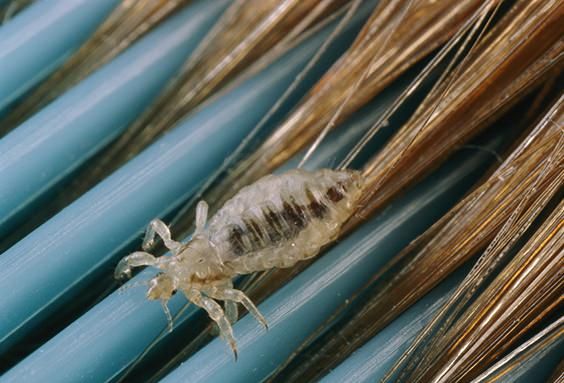
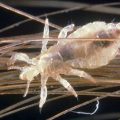
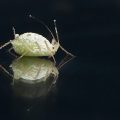
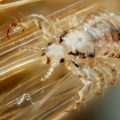
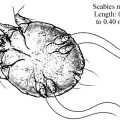
 I love to write medical education books. My books are written for everyone in an easy to read and understandable style.
I love to write medical education books. My books are written for everyone in an easy to read and understandable style.